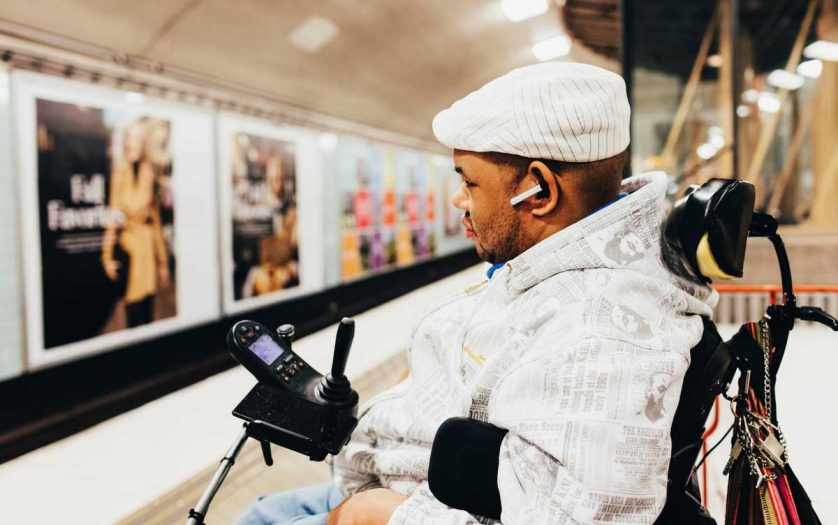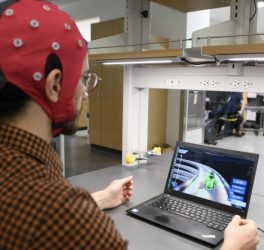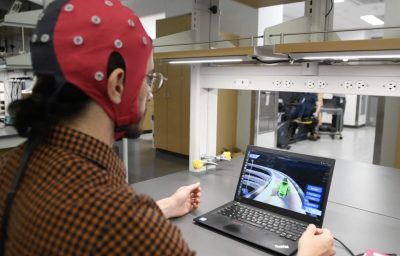
Organisers of World Cerebral Palsy Day are launching a new campaign, ‘Millions of Reasons’, calling on people with cerebral palsy all over the world to submit their ideas for accessible tech solutions.
There are more than 17 million people with cerebral palsy worldwide. The campaign aims to raise awareness about the unique experience of cerebral palsy and demonstrate the demand for accessible technologies.
“There is a growing demand for accessible technology all over the world, but product designers and technology companies are mostly still fixated on seeing disability as a charitable cause. Instead, companies need to shift to attract and delight customers and talent in disability markets” says Bronya Metherall, General Manager of Influence & Social Impact at Cerebral Palsy Alliance.
Cerebral palsy is a physical disability that affects movement and posture. With each individual’s disability unique and different, there are millions of reasons for more accessible technology solutions.
Submissions of ideas open today on the website https://ideas.worldcpday.org and close on 29 September 2022. The ideas will be shortlisted by the community, with votes opening 29 September and closing on World Cerebral Palsy Day – 6th October 2022.
“No one is better equipped to spark the next breakthrough in accessible technology than those living with cerebral palsy. With creativity, expertise, and lived experiences, we can design a brighter future for every person living with a disability.” says Metherall.
“When an environment is not accessible, it means it is not inclusive. It’s about giving people equal access and opportunity. Think about airplane travel, it can be very uncomfortable for people living with certain disabilities. The impact on my body after a flight isn’t pleasant and to get the comfort you need you need to pay a huge amount of money for business and first class tickets.” Hannah Divney, Disability Advocate living with cerebral palsy.
World Cerebral Palsy Day was created by the Cerebral Palsy Alliance in 2012 and now brings together people with cerebral palsy, their families, allies, supporters and organisations across more than 100 countries. All with the aim to ensure a future in which children and adults with cerebral palsy have the same rights, access and opportunities as anyone else in our society.








